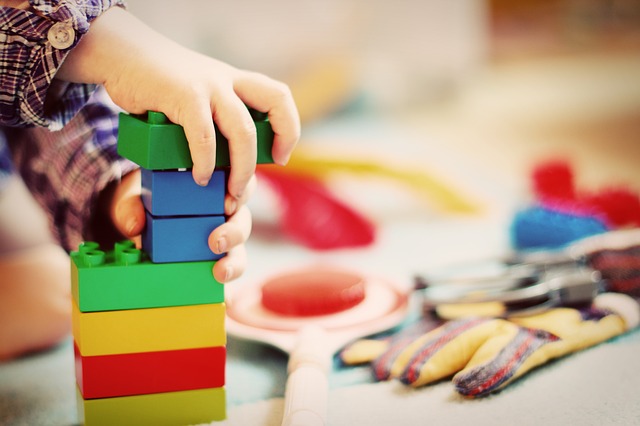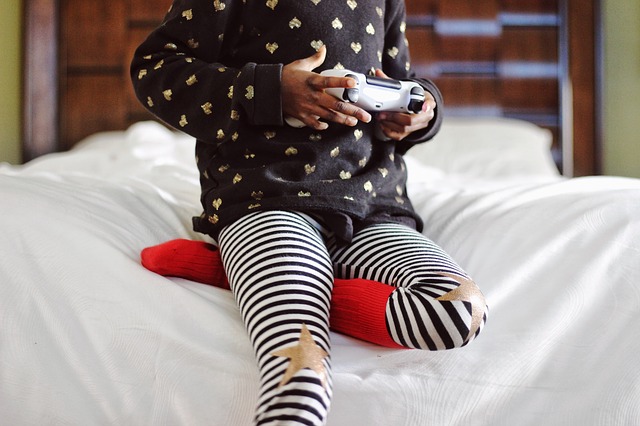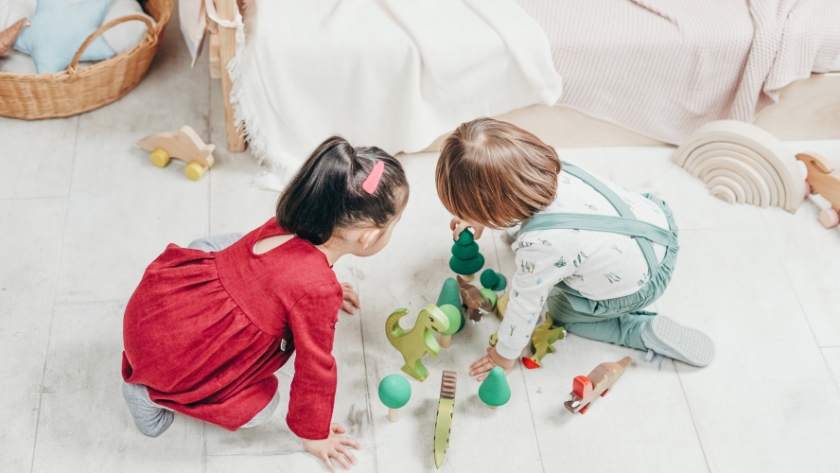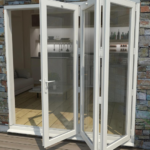Toddlers, almost by definition, like to go exploring. That’s how they learn about the world around them, and, for the most part, it’s a good thing. But if they’re exploring an unsafe environment, then this becomes something of a problem. After all, parents can’t be expected to supervise their children at all hours of the day and night, swooping in whenever something inadvisable is about to happen.
These concerns are obvious during a toddler’s move from their cot to their first real bed. Your toddler will be able to get up by themselves for the first time so the environment they have access to should be as safe as possible. If you’re planning such a transition, you’ll want to think about every element of the bedroom in terms of safety.
According to the Royal Society for the Prevention of Accidents, children between 0-4 are at the greatest risk of accidents in the home, thanks in large part to a combination of inexperience, inquisitiveness and small stature. Now, we’re not here to plant the seed of worry; the likelihood of your child suffering a serious mishap is very small, provided that you think about how to make your toddler’s bedroom safe. Which is what we’ll do here.

1. Furniture
One of the ways that toddlers like to explore is by climbing on things. If you’ve bought a bookshelf recently, you might have seen a large warning label on the assembly instructions, indicating that it should be secured to the wall. If you live in a house without children or pets, you might get away with ignoring this – but if a child starts to climb a laden bookshelf, they might easily have it collapse on top of them.
Suffice to say this can have tragic consequences, so be sure that all climbable structures are safely secured. On a similar note, don’t put heavy objects in high places, as there’s a danger they’ll fall on your child’s head. And don’t put anything they’d like to play with out of reach – since this will probably just end up encouraging them to climb. Finally, if you have any cupboards or wardrobes in the room which you’d rather your child didn’t access, then put them under lock and key.
2. Doors & Windows
Doors and windows are a means of escape, and for this reason, you might want them secured shut. A toddler might easily work out how to open a window from the inside and clamber out onto the sill – which, if the room is on the first or second floor, can be disastrous.
Happily, most windows come with keys. Keep them locked and store the keys elsewhere in the house. Some parents go as far as to install protective meshes around the inside of their toddler’s windows – but for most of us, this is a little bit excessive.
One hazard that we should take seriously comes from window blinds. These often come with long cords, which are used to collapse and expand the assembly. These might easily wrap around and inquisitive toddler’s neck, so consider replacing any blinds with more child-friendly curtains.
3. Heat & Electricity Sources
You might already have stocked up on plastic plug-covers, which are built to slide into the socket and prevent little fingers from reaching the interior. Another danger comes from wires, which can easily be chewed on. There’s not a great deal to be done about this, other than doing everything you can to conceal the cabling. But few toddlers are realistically going to be able to chew through the thick PVC that enshrouds a modern electrical cable.
Another danger comes in the form of heaters. You don’t want children to be playing with thermostatic radiator valves, or leaning against the radiator and falling asleep. You might, therefore, invest in radiator covers. The threat posed by water-based radiators is nothing compared to that posed by electric heaters; never leave an electric heater unattended in your child’s room, since they can easily cause a fire if used inexpertly.
4. Stairs
We’re venturing a little bit outside of the bedroom for this one. The chances are overwhelming that your toddler’s bedroom is on an upper floor, which means that they might have access to the stairs. Once they have managed to get out of bed, they might decide to go exploring further afield. A toddler can often open a bedroom door without much trouble: and if they reach the top of the staircase, this might spell disaster.
There’s a simple solution to this problem – a baby gate. Baby gates come in different shapes and sizes, and some of them are less secure than others. They’re a worthwhile investment, especially if you’d like to restrict access to other parts of the house at certain times. If you’re planning to have another baby, or there’s already one on the way, they’re a sound investment.
By allowing your toddler to climb up and down the stairs themselves under your supervision, you’ll soon see when they’re ready to dispense with the baby gate and be given unrestricted access to the staircase.
5. Other Hazards
As well as considering the room itself and the functional items that go into it, we should also consider how suitable certain toys are for certain age groups. Anything that contains small plastic pieces is probably going to be unsuitable for toddlers, who infamously enjoy chewing everything they can get their hands on. The same applies to heavy, hardback books with sharp corners.
A related problem is mess. It’s easy to create an unsafe environment by simply covering the floor with toys. A neat storage solution deals with this issue – perhaps a large plastic box that can be slid into the bottom of a suitable wardrobe. Encourage them to tidy things away after they’re done playing, and you’ll not only make them safer but set them up with a habit for life.

In Conclusion
The consequences of a child falling down the stairs or having a heavy item of furniture fall over can be far from trivial. Happily, these disaster scenarios can be easily guarded against by taking a few of the simple steps we’ve outlined. When you’re done, they’ll have a bedroom that’s safe as well as a pleasure to sleep in. If you’re redecorating a room for a child, but don’t want to rack up a big bill doing it, check out these interior design ideas for those on a budget.





